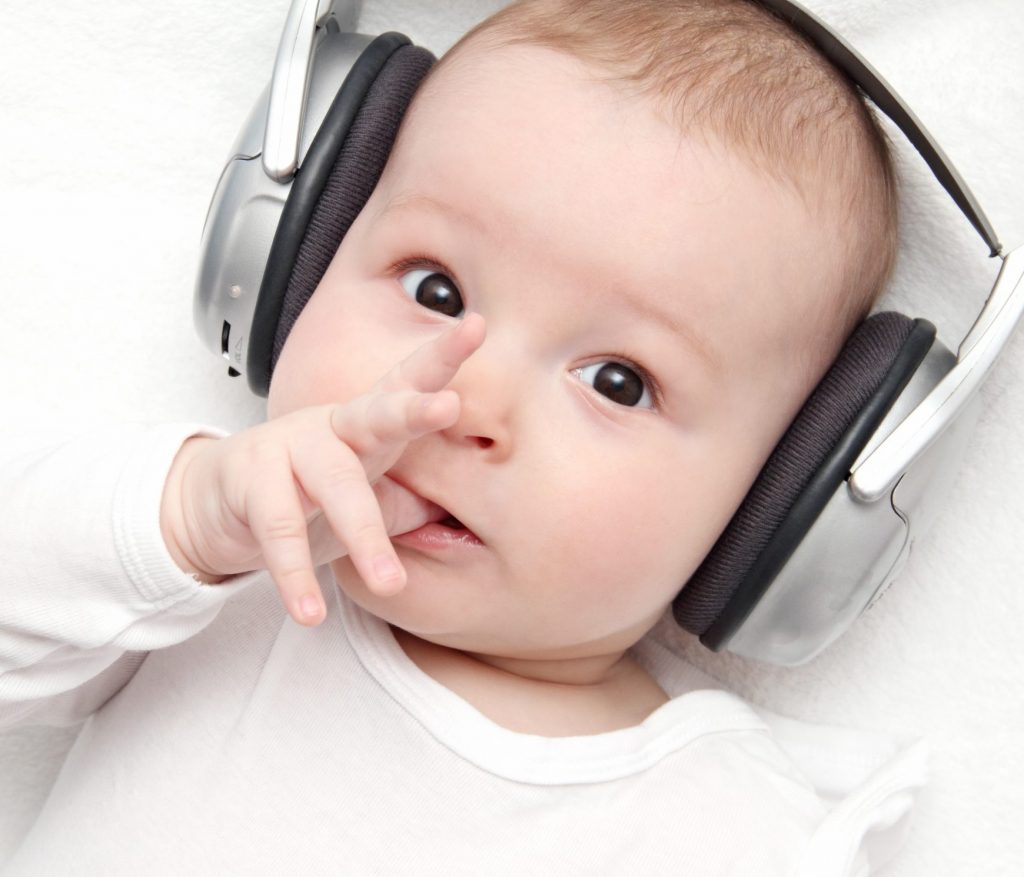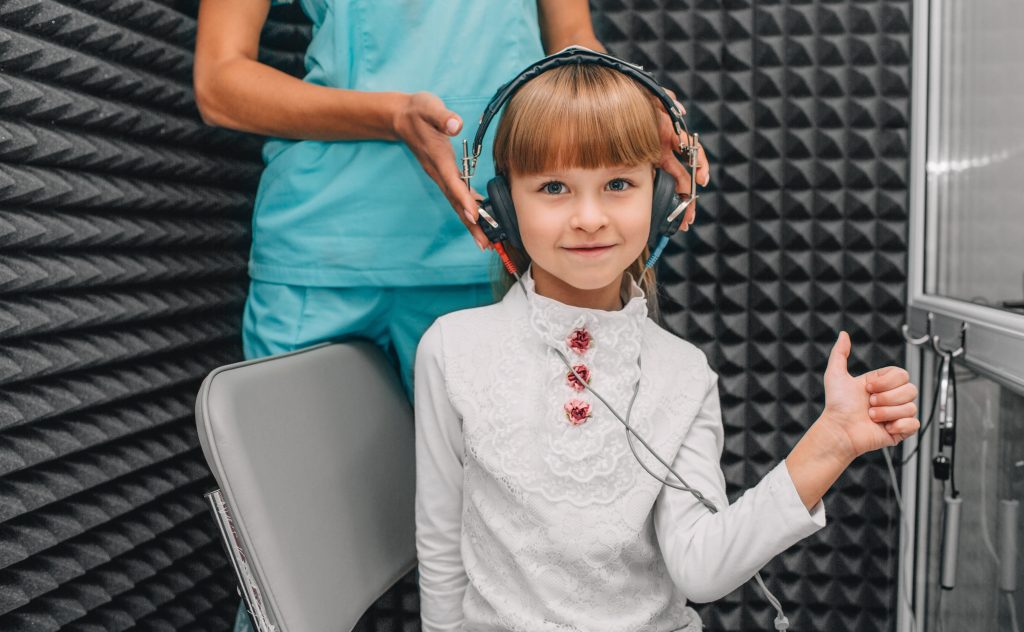Speech and language development is eminently dependent on a child’s auditory sense, with mental, personal, and behavioral development being closely linked as well.
Hearing loss in children isn’t limited to a certain age group. It affects both younger and older children. Further, it could develop before, after, or during birth.
If you suspect that your child’s hearing is impaired, or if you’ve never had it tested before, it’s highly recommended that you get it tested as soon as possible.
In this article, we cover the different types of hearing tests in Sydney, Australia as well as the basis on which they’re carried out, so stick around.
Why Do Children Need Hearing Tests?
Babies born in Australia get their hearing screened at birth via special non-invasive equipment. Thereafter, the results are recorded in the baby’s discharge book (the blue one).
Even though all babies are screened at birth to eliminate the risk of impaired speech and language development, it’s still possible for them to develop hearing loss later on in their lives.

If your baby wasn’t screened at birth or has failed the screening test, it’s imperative that you get your baby’s hearing tested or retested as soon as you can.
The most common cause of hearing loss in young children is ear infection. Luckily, it’s just a temporary condition. However, this doesn’t take anything away from the fact that it can result in impaired speech and language development.
This brings us to the importance of having your child’s hearing tested throughout the different stages of their life. Each age group is assessed via different tests and equipment which we’re going to shed light on shortly.
How Much Do Hearing Tests Cost?
We’re going to cover the different places at which you can have your hearing checked, but we’re going to use local Spacesavers stores for reference in this section of the article.
At a Spacesavers store, you can have your hearing checked by an audiology professional for free. The entire test takes around 15 minutes. Based on the result of this test, the need for a full diagnostic assessment is determined.
Note that there are many other hearing clinics that offer free 15-minute checks. We’re just using Spacesavers Audiology as an example.
In the event of needing further diagnostic assessment, Spacesavers’ comprehensive test will set you back $49. The test takes an average of 60 minutes.
Keep in mind that the Australian Government Hearing Services Program offers free access to a host of high-quality hearing services and devices for those who are eligible. Head to the website to check eligibility.
What Are the Different Types of Hearing Tests?
Different testing techniques are utilized based on the child’s developmental age. The end goal of any hearing test is to deliver a plot between the softest levels (decibels) and various pitches (frequencies), also known as an audiogram.
The following paragraphs shed light on the most common hearing tests carried out in Sydney per age group.
Under 6 Months
Babies under 6 months are assessed via objective techniques that don’t necessarily require them to respond to the sounds they hear.
These techniques are best carried out when babies are asleep or settled. Special equipment such as chimes and bells may be used by pediatric audiologists in certain cases to assess the baby’s response to different frequencies.
The responses that audiologists look for don’t have to be head turns. They could be anything from frowning or raising an eyelid to awakening or startling.
As mentioned previously, babies born in Australia get their hearing tested upon birth, but a lot can happen in 6 months. So, if you have any doubts about your baby’s hearing capabilities, get in touch with a pediatric audiologist right away.
6 Months to 3 Years
Babies between 6 months and 3 years of age are assessed by a wide variety of tests depending on their development. If the baby has established the ability to turn its head, the specialist may use a puppet show to assess its hearing capabilities. This is referred to as Visual Reinforcement Orientation Audiometry (VROA).
VROA is the most commonly used technique for this specific age group because of its proven success rate. Using this technique, the audiologist will be able to determine whether or not the child has ample hearing for normal speech and language development.
VROA can be used in conjunction with headphones to help assess the child’s ability to receive separate ear information. It all boils down to development and cooperativeness.
2.5 to 4 Years
For this specific age group, play audiometry is the most favorable testing technique because it’s basically a game. It could be anything from building a block, completing a puzzle, or other. Each time the child participates in the game in any way, a different sound chimes.
The frequency of the sounds chimed range from 250Hz- 8KHz, which are very soft sounds. As mentioned earlier, the aim of these tests is to produce an audiogram that analyzes the child’s ability to perceive softer sounds.
Note that the test sounds in the play audiometry technique are uttered via loudspeakers or headphones. If the former is utilized, the test will require less time than if the latter is utilized since both ears will be tested at the same time rather than individually.
5 Years and Over
Children over the age of 5 will be tested via play audiometry or pure tone audiometry, depending on their maturity and development. Pure tone audiometry is basically a test of how loud sounds need to be in order for a child to hear them. In this test, a child will usually be required to push a button every time they hear a sound.
Other Tests
The above-mentioned tests are the most commonly used for each respective age group, but they’re not the only tests that specialists utilize. Below is a list of some of the other hearing tests that your child can undergo.
- Air Conduction: This is a test that assesses a child’s ability to hear different tones via headphones.
- Tympanometry: This isn’t a hearing test. It’s basically an eardrum checkup. It’s known as a middle ear test.
- Bone Conduction: This is a test that assesses your child’s cochlea and its ability to pick up vibrations.
Get Your Child Tested
Hearing is essential to proper speech and language development in a child, and so we urge you to have your child tested regularly to eliminate the risk of temporary or permanent hearing loss.

